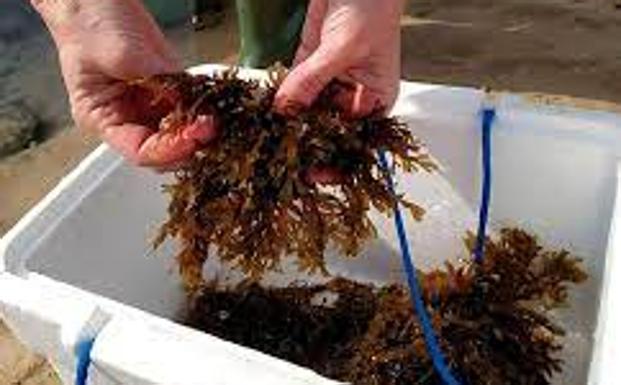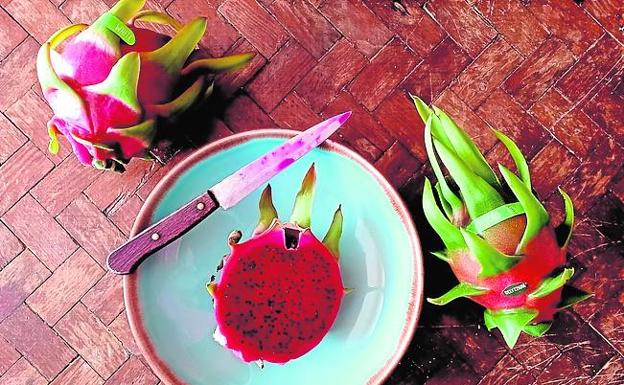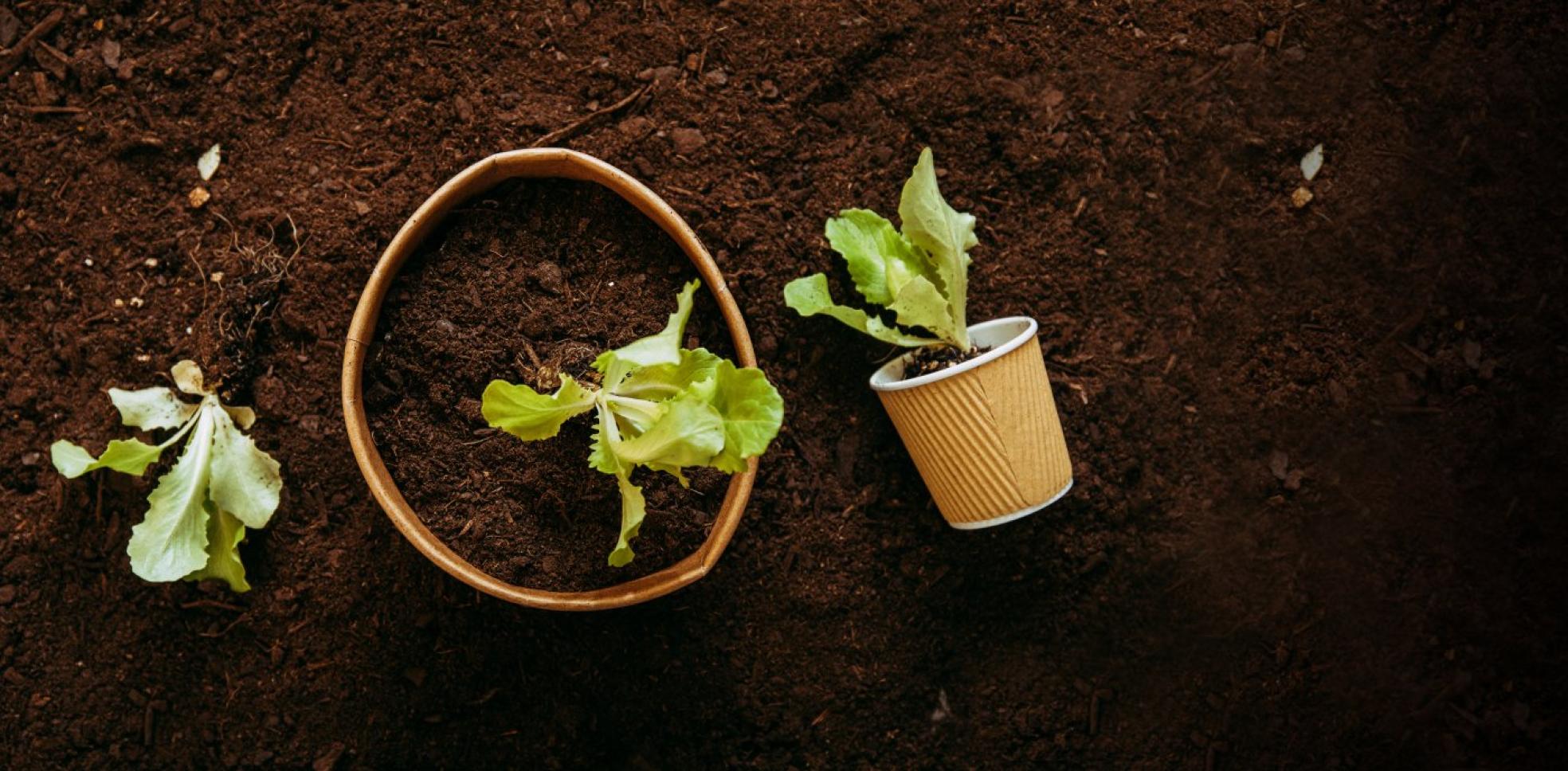Gastronomic trends that will take centre stage in 2022
The future cuisine is green. Commitment to health, sustainability and respect for nature coexists with modern technology
MANU BALANZINO
Friday, 21 January 2022, 12:03
Just like in the world of fashion, the main international gastronomy consultants like to predict the novelties and new trends that will take centre stage over the coming year.
There are some trends -such as the commitment to fresh vegetables for healthier and more sustainable eating, or the increasingly important role of technology in the relationship between restaurants and customers - that have been been around for long enough now to be considered a permanent fixture.
The 2030 Agenda, promoted by the UN, underlines the need to act immediately and in all areas to inhabit the planet in a sustainable way, and gastronomy is no stranger to this.
The Michelin Guide has established its 'Green Star' distinction, as a way of rewarding restaurants that stand out for their commitment to the environment. And they do so because consumers demand it. In 2022, more than ever, the challenge seems to be to combine foodie pleasure with a caring attitude towards one's own body, the immediate environment and the planet.
Vegan substitutes for animal protein
Vegan cheeses, fake meats and sausages, egg and dairy substitutes... The food industry is in a race to develop vegan alternatives to our favourite foods, and if 2021 was the year of competing for the perfect 'fake' burger, this year we will get egg imitations and also such good shrimp and tuna of vegetable origin that they are suitable for sushi. The down side is that these are still ultra-processed products, full of additives that consume a lot of resources and energy in their manufacture.
Healthier options
The Food Barometer study, carried out in 22 countries and co-funded by the EU, reveals that 89% of restaurant customers would like to see healthier options on menus.
Sixty-eight per cent of respondents ask for more fresh produce, and only 23 per cent consider salad to be the best option to meet their expectations. Twenty per cent of customers also demanded vegan options.
Saltwater and freshwater greens
Chef Ángel León has publicly proposed to stop serving fish at Aponiente within five years. The alternative is sea vegetables, a world to be discovered and exploited, where even harmful algae such as the Japanese invasive Ruguloptetyx okamurae can be made into a spicy sauce, similar to Tabasco. Meanwhile, the Aponiente team is working to recover marine cereals and read seeds. Another field of study is microalgae protein content. And among the freshwater plants, the seeds of the water lily Euryale ferox, have become a nutritious and light alternative to popcorn in the USA.

Small producers
The pandemic has accelerated e-commerce, and producers can sell directly to the consumer, helping to improve their profit margin and maintain small artisanal farms. The challenge is to improve distribution logistics and reduce packaging and carbon footprint. Digital market places and alliances with food markets are the next step.
Urban gardens
Rooftops of buildings and disused urban spaces are being converted throughout Europe into vegetable gardens and even small livestock farms. Hydroponics, combining fish and vegetable farming, is used by Diego Gallegos' Sollo restaurant and enables restaurants and individuals to grow their own food by simply taking advantage of vacant spaces.
Kernza wheat
Thinopyrum intermedium, or long-rooted wheat, is emerging as one of the cereals of the future. The plant is a perennial and helps combat climate change thanks to its roots, which descend several metres into the ground in search of water, preventing soil erosion and trapping greenhouse gases underground. In addition, its nutritional qualities are very interesting.
Potato milk
Low in sugars and fats, allergen-free, easy to produce and sustainable, this new vegetable drink, which does not taste like potato, is gaining followers around the world.
Pitaya
Super nutritious, fresh-tasting and easy to digest, the pitaya or dragon fruit is the tropical fruit set to become a big influence in a world with scarce water supplies. The plant is a succulent with negligible water consumption and resistant to droughts. There are already farmers committed to its production in the Axarquía.

No wastage
Mobile applications that allow us to keep an updated inventory of what we have in the fridge and when it will go off, or movements such as 'Too Good to Go', where restaurants and stores offer products close to expiry date at very advantageous prices, help to reduce food waste.
Robots
Robots are being used to do tasks in professional kitchens such as kneading, frying or loading the dishwasher, or to do everything, as in the Bobacino kiosks that are colonising the US and Europe. These are automated bars where a robot takes the order, prepares it, serves the drink, even pulling beers and takes payment. Automated robots and drones are even beginning to replace riders in home delivery companies.
Edible packaging
Eliminating single-use plastic is a short-term goal. What's new is that we can now replace it with edible wrapping, packaging, spoons, straws, chopsticks, cups or bowls. McDonald's already has them in some countries.
Smart packaging
Wine labels that self-translate into different languages through augmented reality, videos showing the origin of the raw material or the winemaking process... QR codes and mobile applications now make it possible to know much more about wine.
Traceability
Restaurants are increasingly at pains to explain to diners where their food comes from. QR codes on the menu that take us to the place of origin, sushi with the geographical coordinates of where the fish was caught engraved in laser, details of the artisanal boat that took our seafood to the fish market in restaurants such as Chinchín Puerto...
Japan
The planet's devotion to Japanese gastronomy knows no bounds and every year we continue to discover new products. In this case, yuzu, a local citrus fruit, and condiments such as doenjang (fermented soybean paste), furikake (a mixture of salt, nori and sesame for sprinkling) and gochujang (spicy chili paste) will be in the limelight.
Miraculina
Native to West Africa, this berry offers a sensation of sweetness even 30 minutes after chewing, without the need for sugars or artificial sweeteners.
Functional chocolate
Companies like The Functional Chocolate Company produce chocolate bars and high quality pure cocoa that help concentration and relaxation.
Drinks and beverages
Coffee
Arabica coffee is today the most popular coffee in the world, but climate change and market prices are giving way to robusta coffee beans, which are easier to grow.
Cider
The traditional alcoholic fermented apple or pear juice is gaining prominence among consumers looking for less alcoholic drinks. More and more artisanal ciders are emerging, some even in cans, with a great variety of nuances and flavours.
Tequila
Tequila has become super fashionable and not just for the classic Margarita. Quality tequila, white, young or aged, has arrived offering a diverse range of nuances.
Local wines
Zero kilometre wines have become popular and for the first time, consumers are searching out local, small producers.



